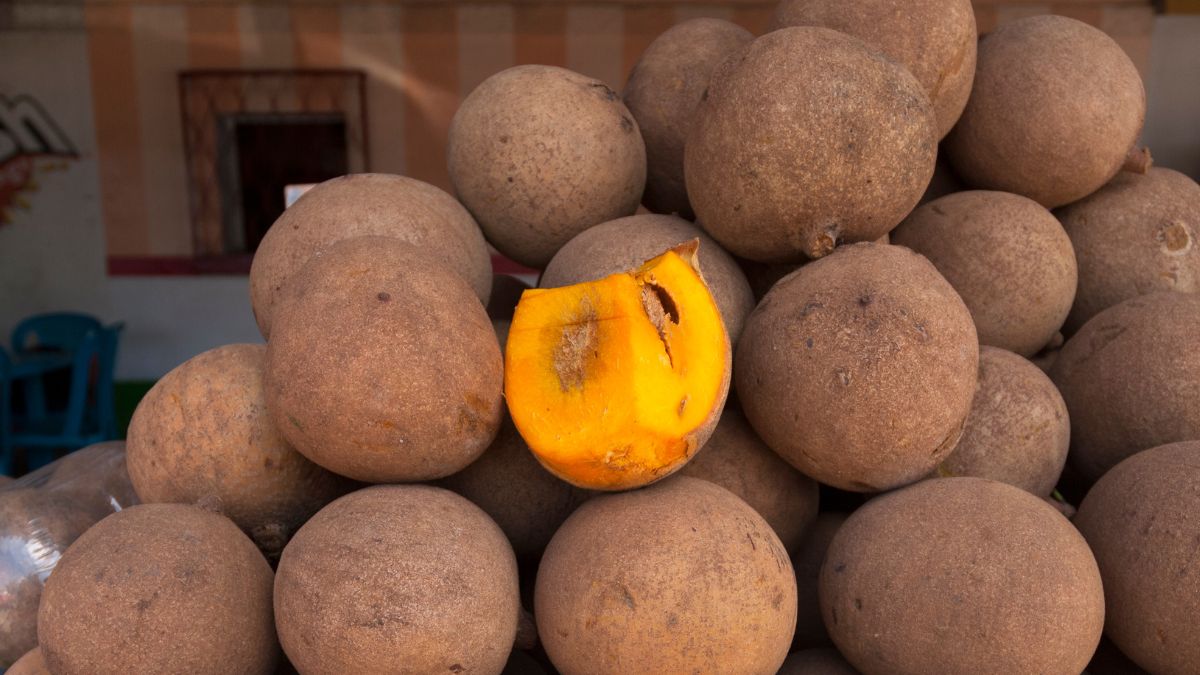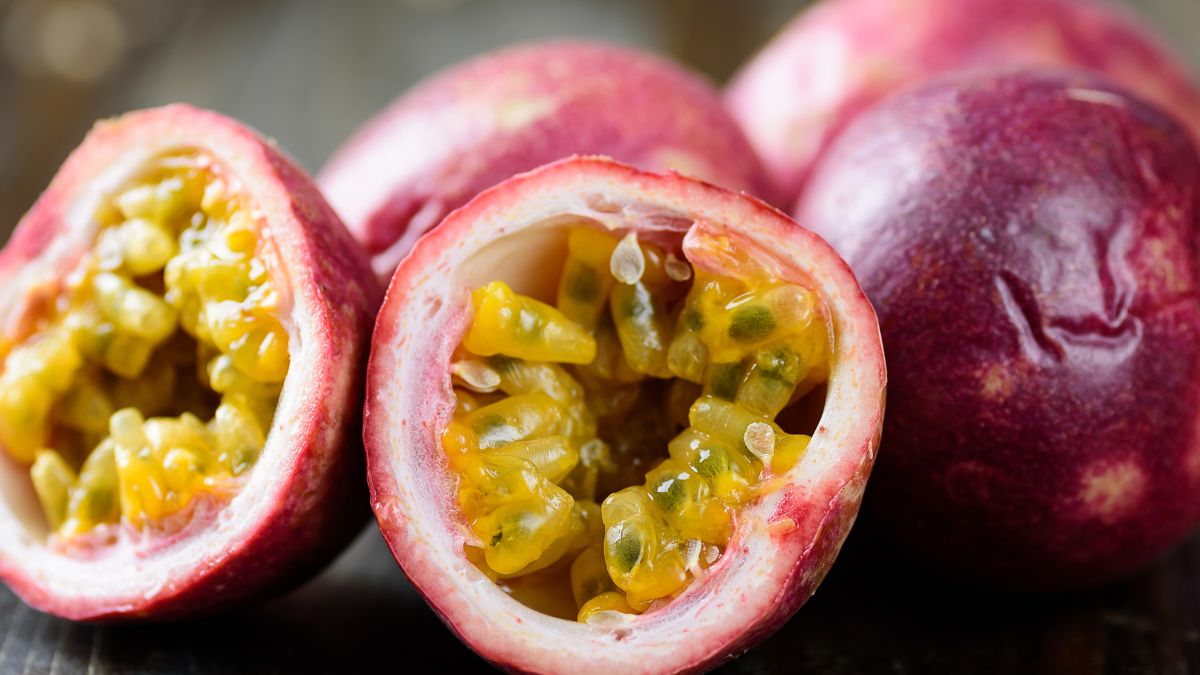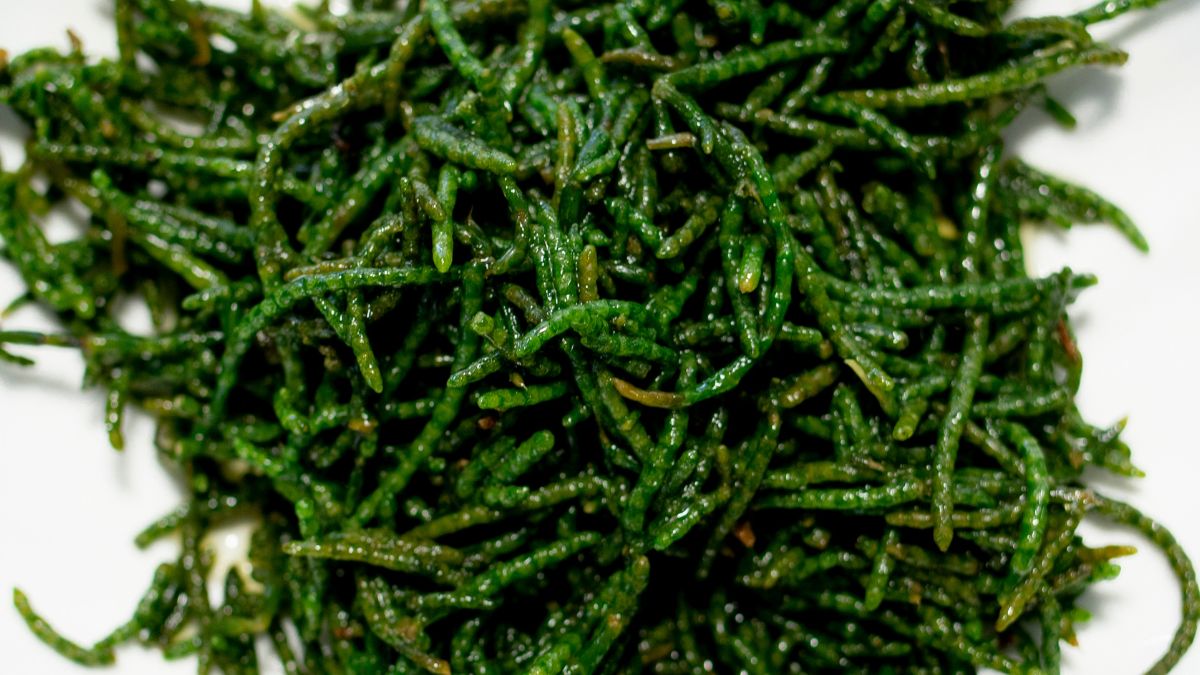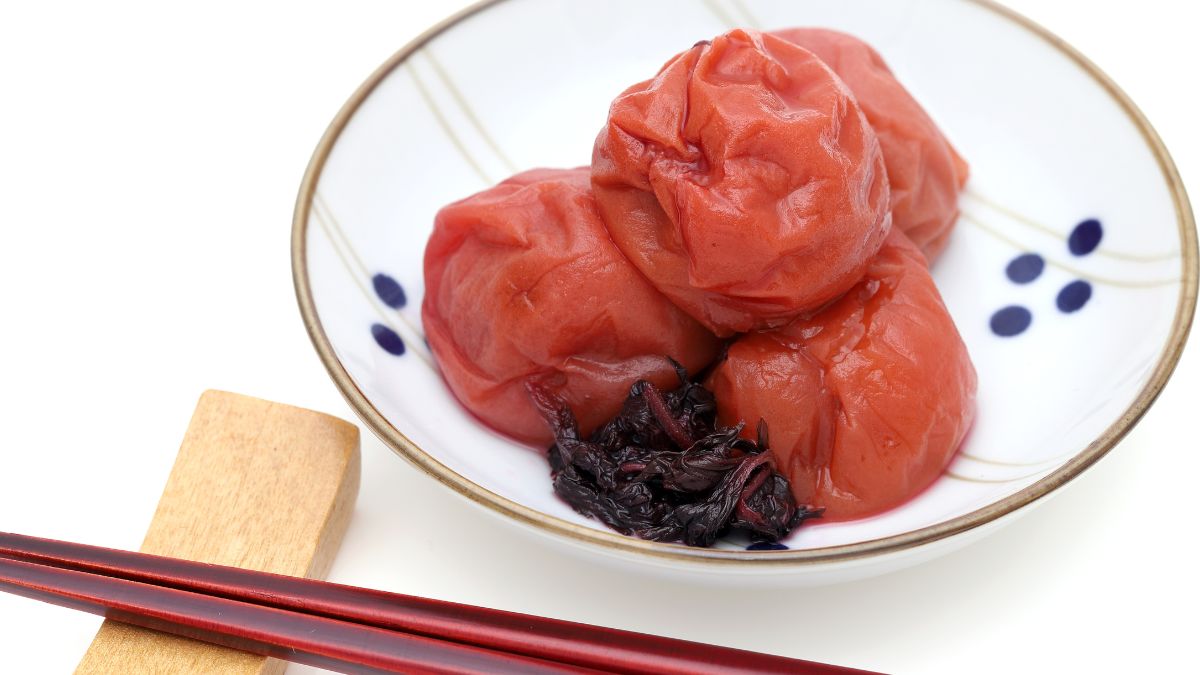13 Salty Fruits You Need to Try!

When you think about fruit, you surely think of something sweet and aromatic, juicy, and refreshing. Yes, fruits are naturally sweet, but there are some that are surprisingly salty. A salty fruit may sound a little odd and unappetizing, but, on the contrary, you just have to try them first. And I had a blast trying out all of these!
To help you in your pursuit of salty fruits, in this article, I will give you a list of salty fruits you have to try. Some of them you already know, and some you are about to discover. So, what are the salty fruits you need to try?
List of Salty Fruits
Fruits are known for their sweet and refreshing taste, but there are also fruits that have a salty flavor. I truly love their uniqueness because they can add depth and complexity to any dish. Although salty fruits are not as popular as their sweet counterparts, they are worth trying for their unique flavor — and here they are!
Olive
Olives are not naturally salty, and if you try one fresh, you’ll notice a bitter and somewhat unpleasant taste. The saltiness in olives is acquired rather than inherent, and they get it from brine. And since my grandpa has a Mediterranean olive yard, I know all about the curing process!
During the curing process, olives are soaked in brine or saltwater solutions, which further enhances their saltiness and helps reduce their bitterness, thus creating the taste we all know and love.
Pineapple
The pineapple is sweet and tart with a pronounced tang that creates a tingly sensation on the palate. It balances acidity and sweetness, which results in a slightly salty tone. Pineapples aren’t naturally salty, but the expressive tang deceives the palate into thinking it tastes salt.
Pigface Fruit

The pigface fruit, also known as the Hottentot fig or ice plant, is a succulent fruit, and you wouldn’t peg it for fruit if you don’t already know it. It has a salty and slightly sour taste with an underlying sweetness. It tastes like cucumber and watermelon with a pinch of salt, and I really like this unusual flavor combo.
Since this fruit is native to dry and warm regions, it stores salt in its leaves to be able to survive in the harsh climate. This survival skill of the plant is what makes it salty and, frankly, very delicious!
Green Apple
We all know and love green apples, and their sourness and tangy flavor are what make them unique and special. They are crisp and refreshing with a slightly salty note. While green apples are not inherently salty, their tartness can create a perception of saltiness on the palate, so we feel the salty note even though it isn’t exactly the salt we taste.
The tartness of the green apple gives the impression of saltiness even though there isn’t actual salt. The combination of sourness and tartness creates a savory or slightly salty sensation.
Mamey Fruit

The mammy apple is a tropical fruit with a creamy texture and a predominantly sweet flavor. Still, it has a hint of saltiness that gives it a nice kick and a noticeable tang. I find its taste unique and very interesting to explore.
Although it is still unknown why this apple is salty, my theory is that it retains salt to survive in dry and hot weather, just like the pigface fruit.
Fig
Figs have a sweet and honey-like flavor accompanied by mild earthiness. This combination of honey sweetness and earthiness creates a salty sensation. Although figs are very mildly salty, you can still feel the salty note because it creates a delightful contrast with the luscious sweetness they offer.
I love the soft, salty note in figs, which is why I love them with cheese and prosciutto. Also, bacon-wrapped figs are a delicacy, and if you haven’t tried them, you absolutely have to!
Tomato
Yes, you guessed it, tomato is a fruit and not a vegetable. It has a refreshing and versatile flavor, as you already know, which is why it has found a place in countless dishes and sauces, as well as salads.
While tomatoes are not inherently salty, they can sometimes have a slightly salty hint due to the presence of natural salts and minerals.
The salt amount in tomatoes is very small, so the perceived saltiness is because of the combination of acidity, sweetness, and tang.
Passion Fruit

Exotic and vibrant, passionfruit seduces the eyes before it reaches the palate. It is sweet and tangy at the same time, highly aromatic with floral tones, a just a bit salty, which only enhances the rest of its flavors.
While passionfruit does not naturally contain salt, its tanginess can create a sensation of saltiness on the palate.
Banana
Creamy and sweet, bananas are the cake among fruits. They are soft and smooth in texture, sweet and gentle with a very discrete salty note.
The saltiness level of the bananas depends on their level of ripeness, i.e., the riper, the more expressed salty note. Still, the saltiness in bananas is never the leading note but more of an understated supporting flavor, which often goes unnoticed.
Dried Oranges
Dried oranges have a concentrated and more intense citrus flavor compared to their fresh counterparts. Fresh, they are acidic and tangy, but dried, they acquire a tangy tone which is often perceived as salty.
Also, dried oranges can have a subtle hint of saltiness because of the natural salts and minerals released during the drying process.
During the drying process, the water in oranges evaporates, which results in concentrated flavors, as well as natural salts. While the saltiness is relatively mild, it can provide a subtle contrast to the fruit’s natural sweetness and acidity.
Salicornia

Salicornia has a unique and salty taste and is known as the saltiest fruit. It has a crunchy texture and a briny flavor, hinting at herbs and nuts. Salicornia is often used as a salt substitute or as a condiment in various dishes. I love this fruit in broths and stews because it adds saltiness and freshness to the dish.
Grapefruit
Grapefruits are both sweet and tangy, with a refreshing bitterness that increases the tang, creating a salty note. They balance sweetness, acidity, and bitterness with just a hint of saltiness because of their acidity and slight tang.
Umeboshi

Umeboshi is fermented Japanese fruit made from pickled plums. It is intensely salty, sour, and tangy and not at all fruity. It has a very pronounced umami note and just a hint of sweetness, resulting in a unique and versatile flavor.
I especially love it for its unique zing! When fresh, the umeboshi plums aren’t salty, and they get their saltiness from the high salt content they are brined with.
Which one on this list have you yet to try? I would love to hear about it in the comments below!
